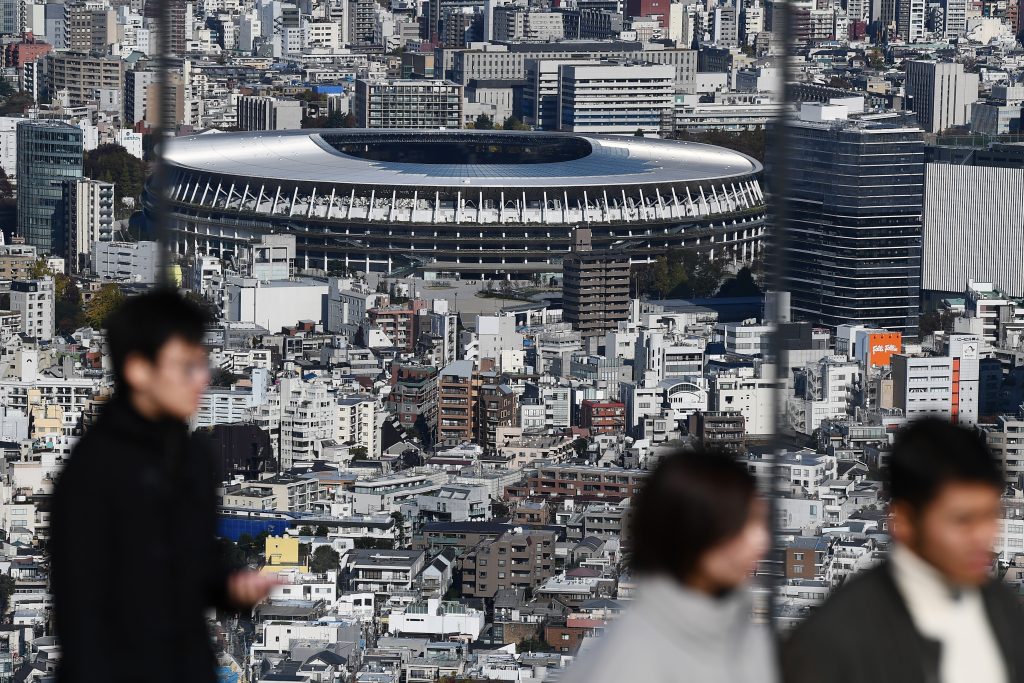
- ARAB NEWS
- 01 Aug 2025

TOKYO: Construction of the new National Stadium, the main venue for the 2020 Tokyo Olympic and Paralympic Games, was completed on Saturday, the Japan Sport Council said on its website the same day.
Related documents and keys were handed over from a consortium of companies engaged with the construction, such as Taisei Corp., to the Japan Sport Council, the stadium operator.
The stadium, named the Japan National Stadium, was designed by Japanese architect Kengo Kuma and others. It has five levels aboveground and two basement floors, with some 60,000 seats.
Under the concept of a stadium in forests, timbers are used in combination with steel frames to make up the roof. The eaves on the perimeter of the roof are made of woods procured from the country's 47 prefectures.
Boasting a universal design at the world's highest level, the stadium has some 500 wheelchair-accessible seats and about 100 restrooms accessible by people with disabilities.
As a countermeasure against extreme summer heat, mist-cooling facilities are placed at eight locations and 185 fans are installed to send winds to audience seats. Sixteen resting rooms equipped with air conditioning and nine first-aid rooms are in place, in addition to medical offices.
The construction work took some three years.
The Japan National Stadium was built on the site of the old National Stadium, the main venue of the 1964 Tokyo Olympics and Paralympics.
The original design of the new stadium, compiled by an overseas architect, was canceled due to its ballooning costs.
Total construction costs in the design of Kuma came to some 156.9 billion yen, below the upper limit of 159 billion yen for the project.
"Positioning this stadium as an epicenter to promote sports in Japan, we aim to encourage many people to become interested in sports and eager to play them by offering them opportunities to experience top-class games," JSC President Kazumi Ohigashi said in a statement on the council's website.
JIJI Press